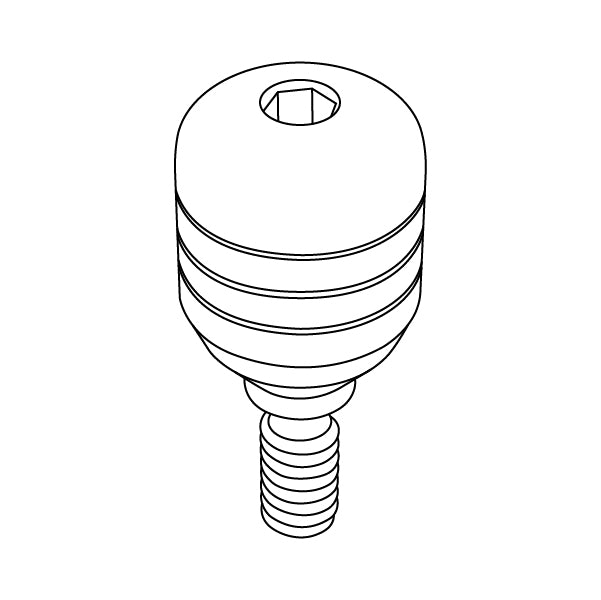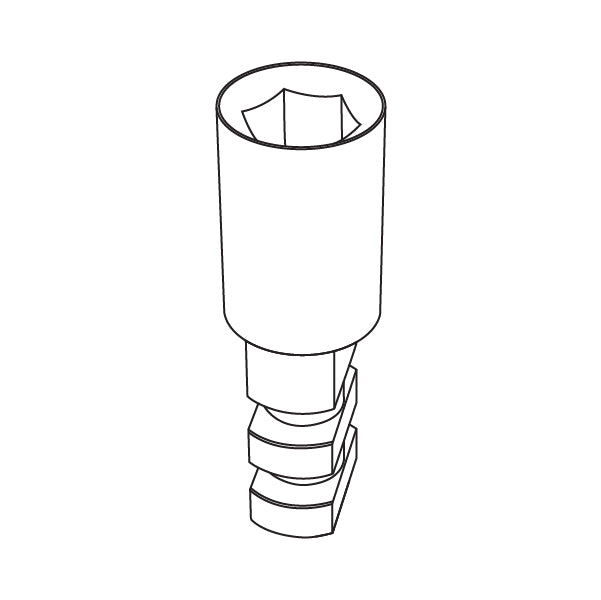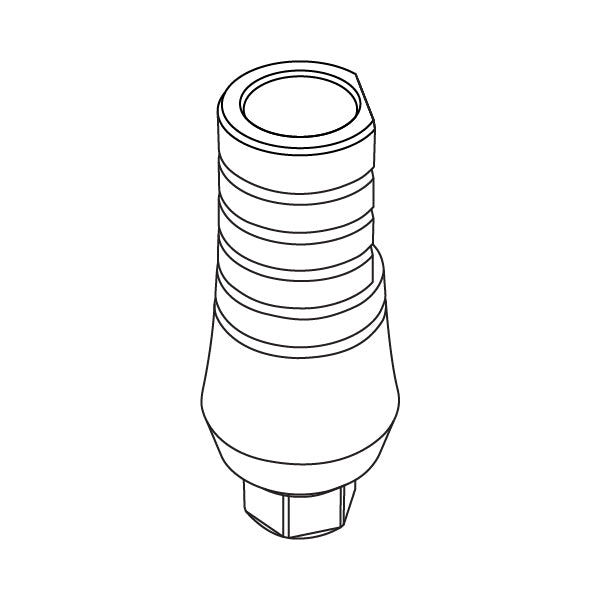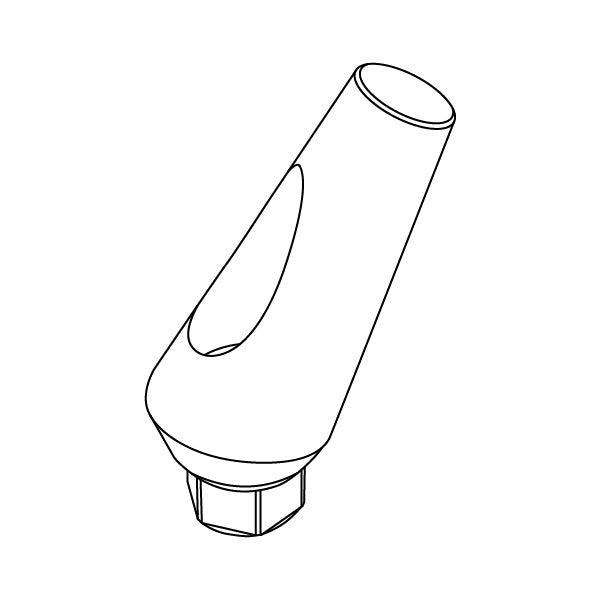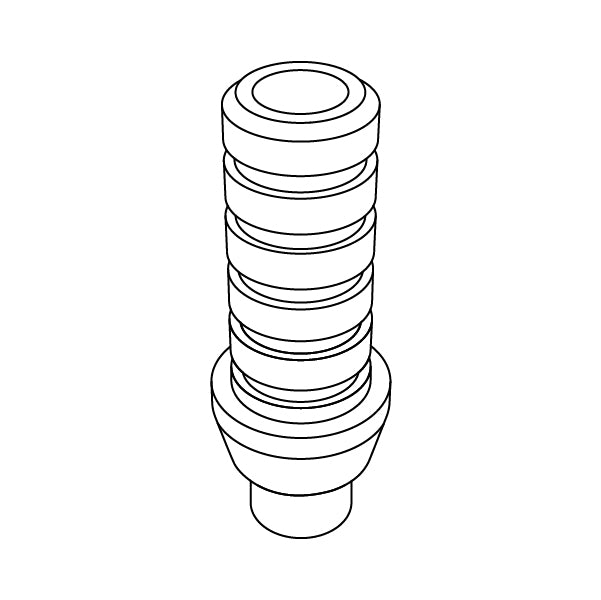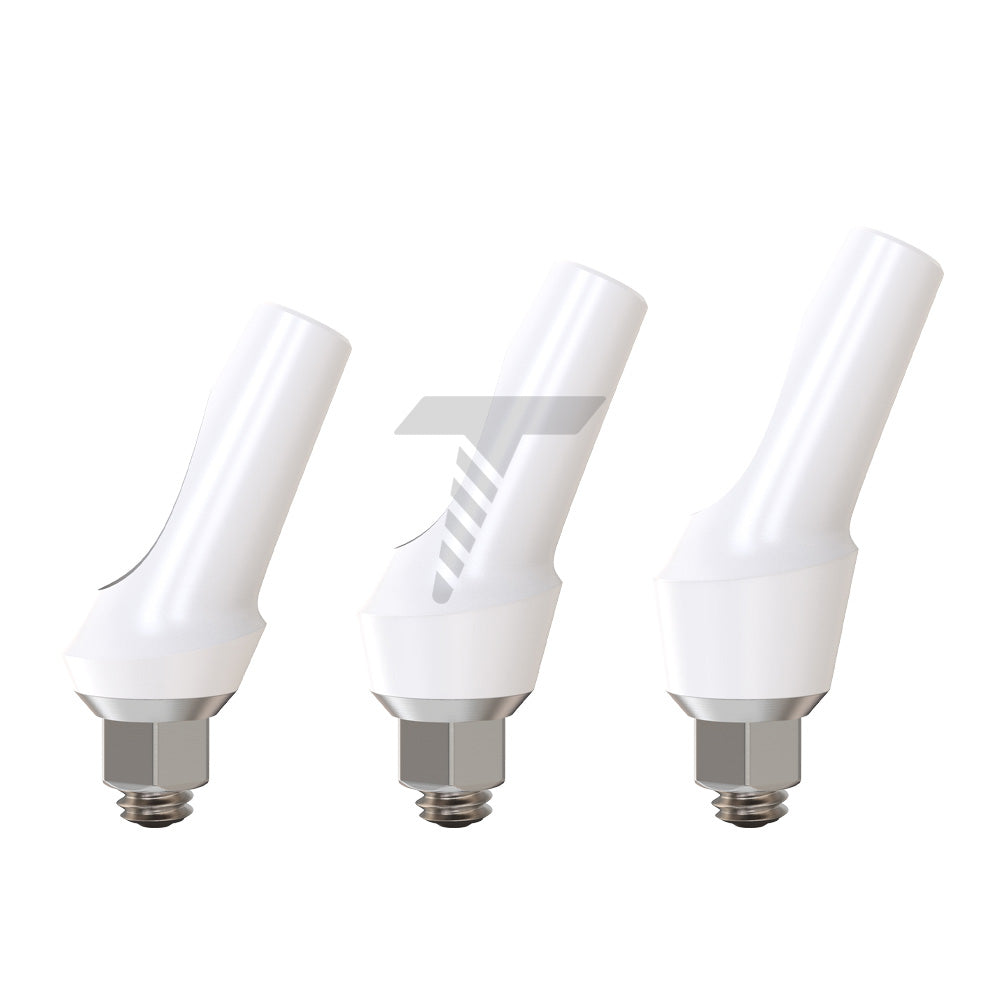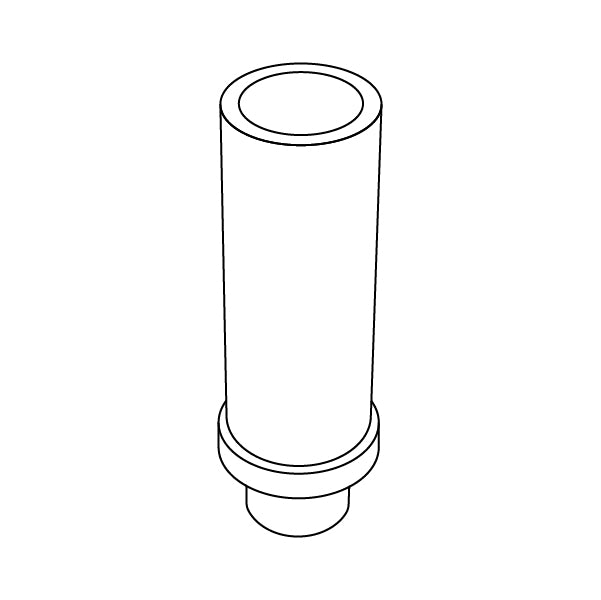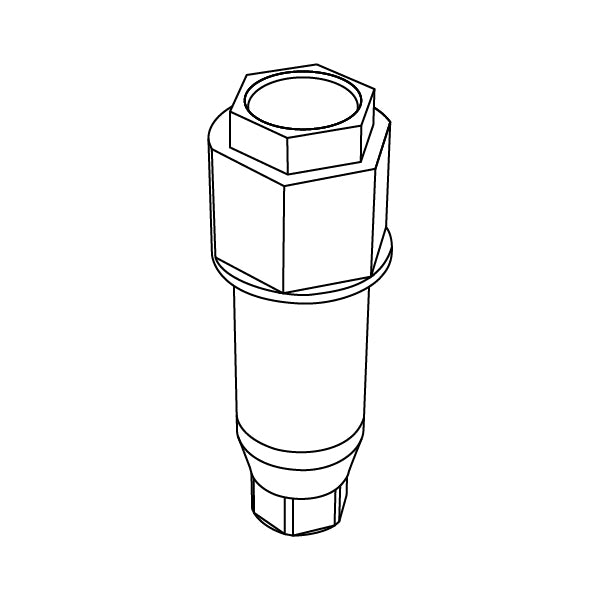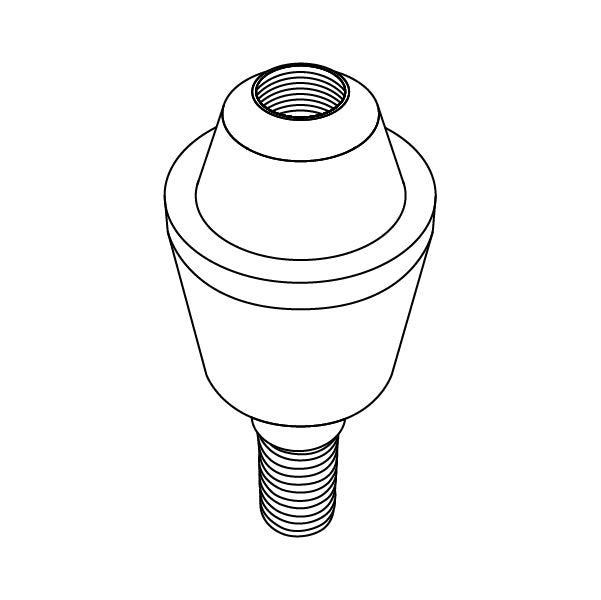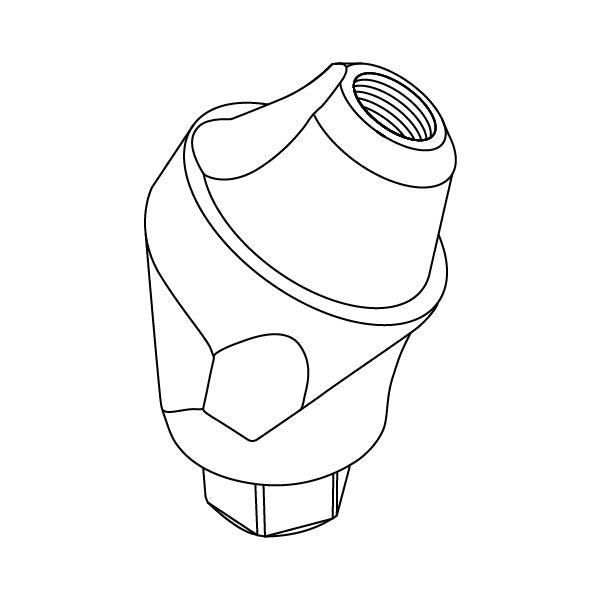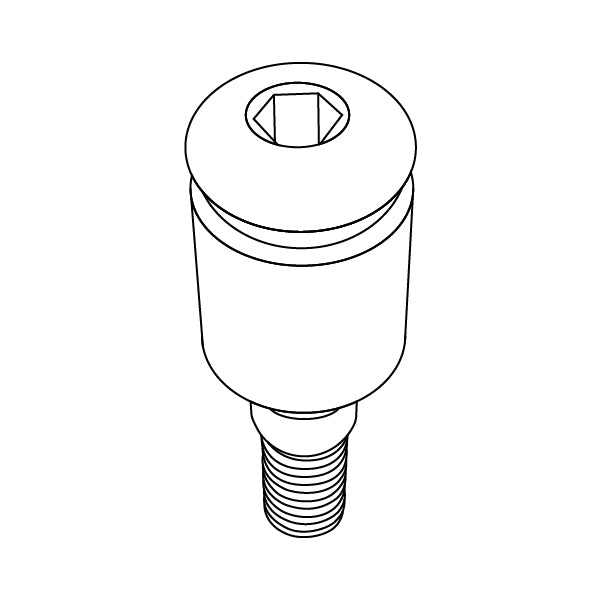Ball attachments provide superior stability and retention for overdentures and partial dentures. These small connectors feature a ball-shaped attachment fitting into a socket, ensuring a firm hold and easy removability. Ideal for enhanced comfort and functionality, ball attachments reduce denture movement and improve chewing efficiency.
The abutments are made from Titanium grade 5, while the housings are crafted from silicone and metal, offering long-lasting performance and compatibility with our conical connection line. Enhance patient satisfaction with reliable ball attachments.
Open Description
FAQs
There are three main types of implant connections used in dentistry, and these are tissue level, internal hex, and external hex connections. Other unique types of implant connections can be used, but these are not as common as these three.
The internal hex implant connection can be further divided into two distinct categories based on the angle of internal connections. This gives rise to one group of connections larger than 45 degrees and another of internal connections less than 45 degrees. However, in most cases, internal hex implant connections with an angle greater than 45 degrees are usually the most popular.
Conical connections play an important role when it comes to dental implants. This type of connection joins the implant and its abutment (an implant cap that functions as a crown base). The use of a conical connection is important to prevent the loss of bone that usually occurs after the insertion of a dental crown.
Such loss of bone will lead to bacterial build-up and, eventually, the falling out of the entire implant. It has been shown that implants and ball attachments with conical connections have bone development all the way to the abutment.
The most important benefit of using a conical connection with your implant or ball attachment is that it prevents the degradation of the bone around the implant or the occurrence of a bad smell that is due to bacterial build-up.
When a conical connection is used, the abutments and implants are linked together so tightly that no spaces or gaps are available for bacteria to hide and grow. This is essential in obtaining better and longer-lasting results from the dental restoration procedure.
When it comes to implant-abutment connections, a dentist can choose between internal and external options based on the nature of the restoration. One of the key differences is that internal implant-abutment connections have a better chance of creating a microbial seal between the abutment and its implant than external connections.
Internal implant-abutment connections have also shown greater levels of strength than external options. In certain areas of the mouth that experience a lot more bite force, such as the molar region, such increased strength is essential. Also, some dentists believe that interior implants are a lot more aesthetically pleasing than exterior options.

